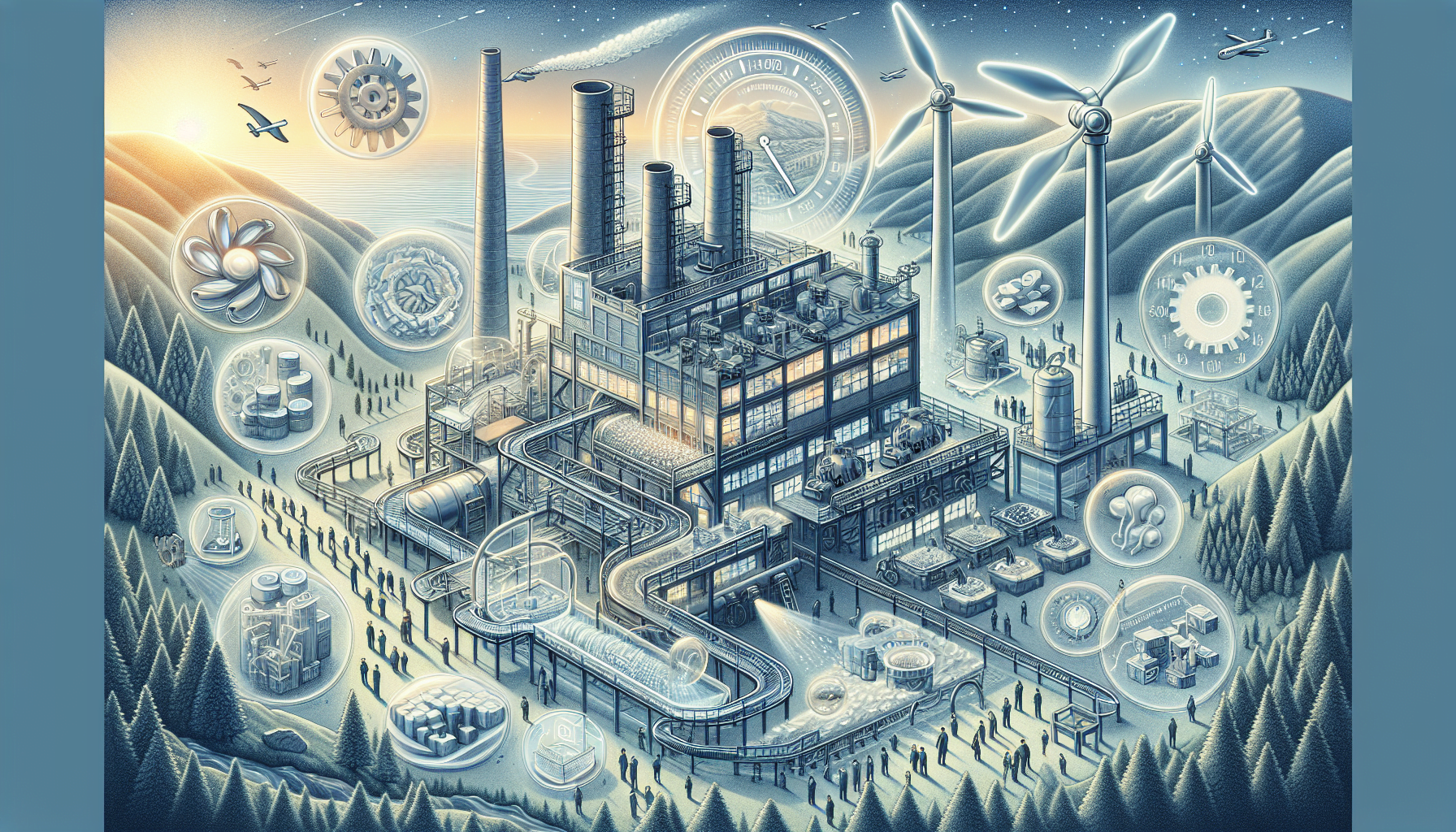Are you looking to optimize your warehouse operations? One essential aspect of achieving efficiency and productivity is by implementing transparent material flow processes. With transparent material flow, you can streamline your operations, reduce costs, and ensure smooth operations from start to finish. In this article, we will delve into the benefits of transparent material flow processes and how they can revolutionize your warehouse operations.
Improved Efficiency
Transparent material flow processes play a crucial role in enhancing the overall efficiency of your warehouse. By having a clear view of the movement of materials throughout your facility, you can identify bottlenecks, inefficiencies, and areas that require optimization. With this information at hand, you can make informed decisions to reorganize workflows, eliminate redundant processes, and improve the overall layout of your warehouse.
Additionally, transparent material flow allows you to monitor and track the progress of each material within your warehouse in real-time. This visibility enables you to allocate resources efficiently, optimize storage space, and increase picking and packing speed. By eliminating unnecessary steps and improving overall efficiency, you can reduce lead times, fulfill customer orders faster, and enhance customer satisfaction.
Enhanced Safety
A well-designed and transparent material flow system promotes a safer working environment for your warehouse staff. By having a clear understanding of how materials are transported and stored within your facility, you can identify and eliminate potential safety hazards. Transparent material flow enables you to reevaluate traffic patterns, create designated walkways, and establish proper equipment zoning, minimizing the risk of accidents and injuries.
In addition, transparent material flow allows for efficient inventory management, reducing the chances of stockouts and overstock situations. By maintaining optimal inventory levels, you can prevent overloading shelves or stacking materials in unsafe locations, reducing the risk of injuries caused by falling objects or unstable stacks.
Cost Savings
Implementing transparent material flow processes can lead to significant cost savings for your warehouse operations. By optimizing space utilization and improving overall efficiency, you can maximize the use of your existing warehouse capacity without the need for additional space. This allows you to avoid costly expansion projects, saving on construction, maintenance, and operational expenses.
Transparent material flow also enables you to identify and eliminate waste within your warehouse operations. By closely monitoring the flow of materials, you can identify areas of inefficiency, reduce unnecessary handling, and minimize the risk of stock obsolescence. This leads to cost savings by reducing inventory carrying costs, minimizing the need for excess safety stock, and improving overall inventory turnover.
Real-Time Tracking and Analytics
One of the key advantages of transparent material flow processes is the availability of real-time tracking and analytics. Utilizing advanced technologies such as RFID, barcode scanning, and warehouse management systems, you can track the movement and location of materials within your warehouse in real-time. This data provides valuable insights for decision-making, enabling you to optimize processes, allocate resources effectively, and make informed inventory management decisions.
Real-time tracking and analytics also empower you with actionable data to drive continuous improvement within your warehouse operations. By analyzing the data obtained from transparent material flow processes, you can identify trends, measure performance metrics, and implement targeted improvements. This iterative approach to optimization ensures that you continuously enhance your warehouse operations, adapt to changing customer demands, and stay ahead of the competition.
If you’re ready to experience the benefits of transparent material flow processes and optimize your warehouse operations, HCO Innovations can help. Our team of experts specializes in warehouse optimization solutions, including material flow evaluation and implementation. Visit us at HCO Innovations to learn more about how we can enhance the safety, productivity, efficiency, and cost-effectiveness of your warehouse operations.

